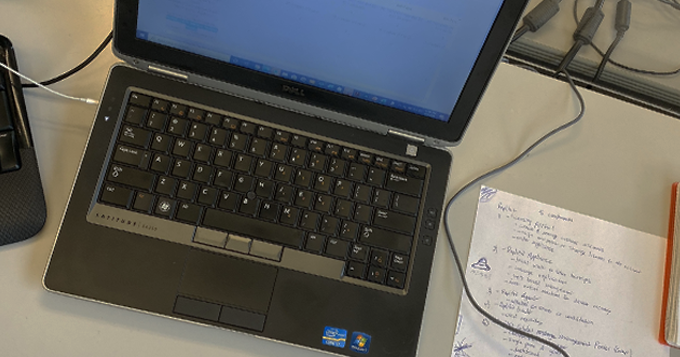Enabling the Mobile First Workforce
“The only constant in life is change” Heraclitus

Not all change is gradual.
Some technology trends happen gradually, while others seem like they come out of nowhere. 2020 has confirmed change is inevitable and revealed that sometimes change can happen overnight. Maybe we can’t go so far as to say, expect change, but we probably shouldn’t get too comfortable either.
One massive change we saw unfold quickly was the work from home workforce. Remote workers, who were once in the minority of workers, became the majority seemingly overnight. Many well known companies, Twitter, Amazon, and Google have announced plans for their workforce to continue to work remotely.
Other companies are weighing their decisions, and have opted for the alternating approach, where some days employees are at the office, and other days they work from home. The alternating approach allows them to more quickly adapt to change if it becomes necessary.
The last group has returned to working from the office. They plan to retain all the remote structure; it will just be used less. The companies who have returned to working from the office tend to be smaller. They have also implemented many things to keep employees separated and have introduced new policies.
One technological trend that was seeing modest adoption but may become an essential tool is the mobile first employee. Mobile first enables employees to work from anywhere.
Mobile First – Merging desktop and communications
What exactly is Mobile First?
Mobile First takes the position that every employee should have the ability to work from anywhere. Mobile first is the combination of philosophy and technology.
The premise that enabling employees to work from beyond the confines of the cubicle and even the office should no longer carry a stigma. Employees who work remotely are often more productive not less. Remote employees typically work longer hours and either start early, work later or a combination of both.
So we now know that most employees want to work and succeed. The short term data suggests that where the employee works does not seem to negatively impact performance. Granted every employee is different, so you will need to determine your employee’s level of productivity.
It could be argued that mobile first takes the concept of work from home a step beyond, and merges communications and application access. Mobile first replaces and merges existing technology.
The traditional desk phone is replaced with a program that runs on a laptop or smart phone. The laptop is transformed into the phone, and the client that allows them to connect to their virtual desktop. The virtual desktop replaces the need for a laptop or desktop and truly provides mobility.
The virtual desktop can be accessed from any client, and from any location.
The mobile first environment solves many of the challenge’s companies experienced when they first switched to working from home. Performance and security were two of the areas companies struggled with, and continue to struggle with.
Virtual Desktops solve the security issue. All data is stored securely in the data center. Access to the data is controlled and limited to those employees authorized to do so. Your data is backed up, and highly available since it lives in an environment designed for uptime and performance.
It is hard to argue the convenience a virtual desktop affords. When your laptop was your remote device, if you forgot it at the office, you either had to go back to get it, or wait until the next day. With a virtual desktop, you can use your home computer. Your security team will be happy to know that no company data resides on the employee’s personal device.
The convenience and the security give the virtual desktop the edge in the work from home arena. Your company’s finance team will have to weight the ROI. When you factor in the costs associated with hardware purchases, and other items such as loss, damage or theft, the virtual desktop probably comes away the clear winner.
Either way, the mobile first work force is going to become more normal. Companies should take steps now, to transform their work environment to support a mobile first framework.
As you implement your mobile first strategy, be sure to grab our free guidebook. In it we share many considerations companies need to not overlook with their mobile workforce.
